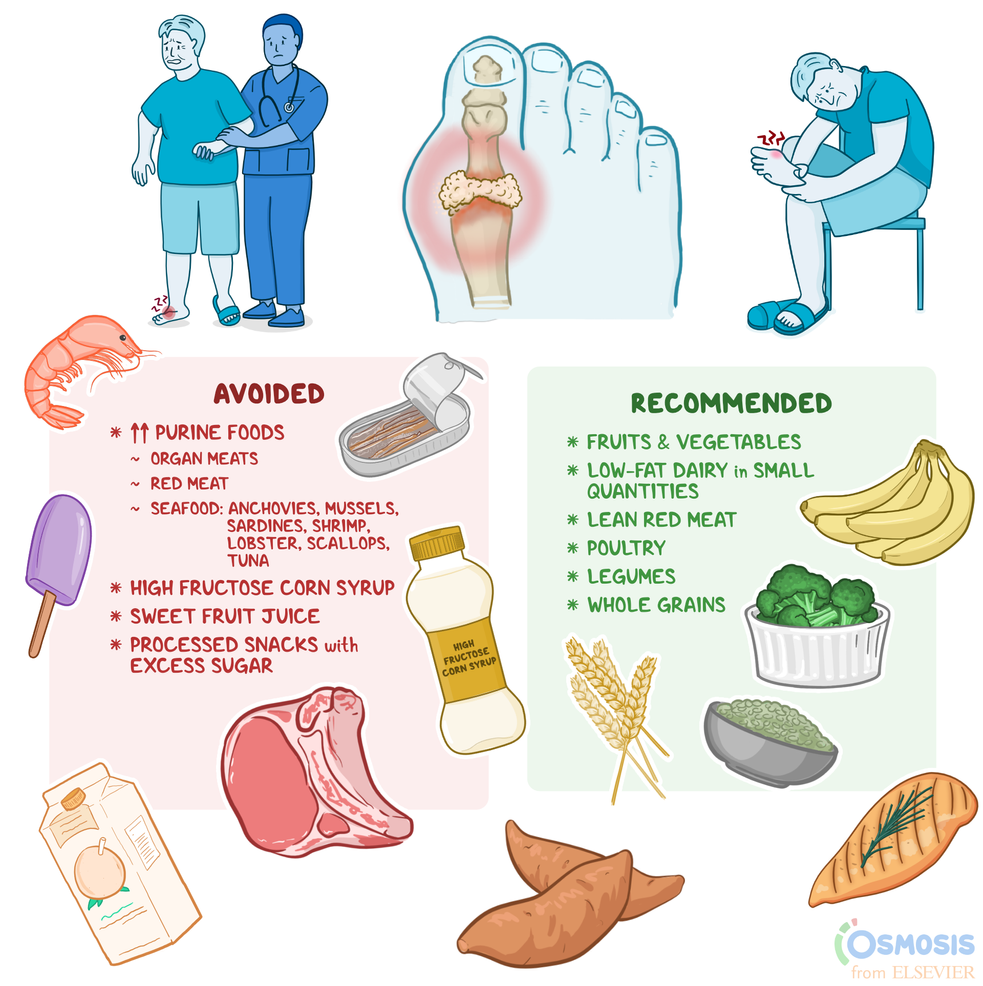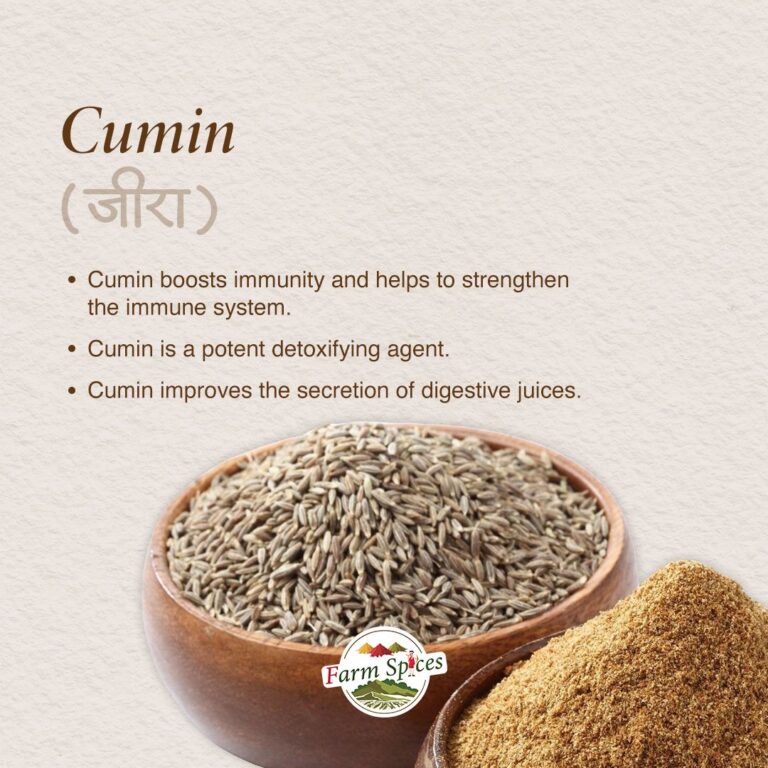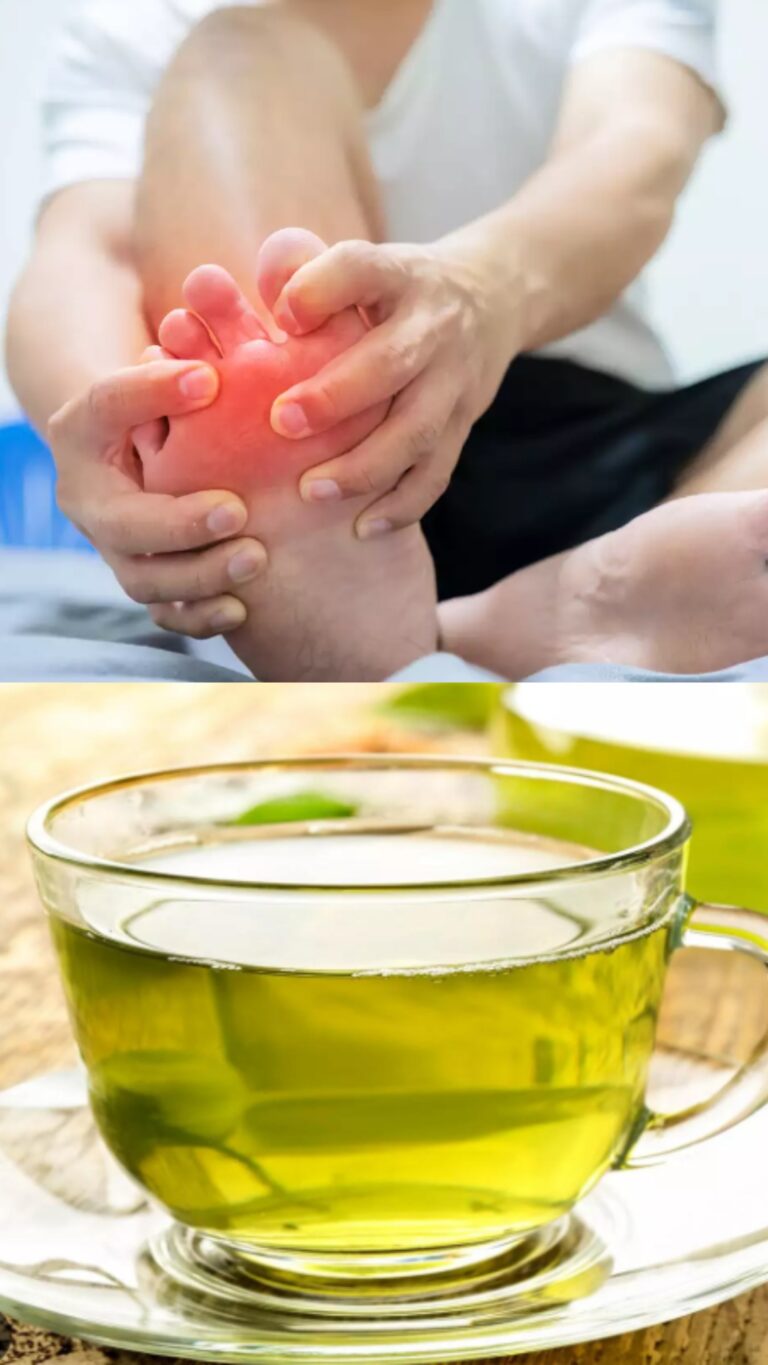Beyond Medication: Essential Lifestyle Changes for Gout Prevention – A Journey Towards Metabolic Harmony
The sharp, searing agony often strikes without warning, typically in the dead of night. A big toe, inflamed and swollen, throbbing with a pain so intense it can bring the toughest individual to their knees. This is the hallmark of a gout attack – a condition historically dubbed the "disease of kings" but now recognized as a widespread metabolic disorder affecting millions. For too long, the narrative around gout has focused predominantly on symptom management through medication: NSAIDs for acute attacks, colchicine to quell inflammation, and allopurinol or febuxostat to lower uric acid levels. And while these pharmaceutical interventions are undeniably crucial for many, especially in managing severe cases and preventing long-term joint damage, they often tell only half the story.
This article invites you on a deeper journey, one that ventures beyond the immediate relief offered by the pill bottle and delves into the profound, transformative power of lifestyle. For the knowledgeable individual seeking not just management but true prevention, the path to enduring relief lies in understanding and recalibrating the intricate metabolic symphony of the body. We aim to tell a story of empowerment, where the protagonist – you – actively sculpts a future free from the shadow of gout, not by merely reacting to its onset, but by proactively building a fortress of health from within.
The Gout Story: More Than Just Uric Acid – Understanding the Deeper Narrative
To truly understand prevention, we must first grasp the multifaceted nature of gout. At its core, gout is a form of inflammatory arthritis caused by hyperuricemia – persistently elevated levels of uric acid in the blood. When uric acid concentrations exceed a certain threshold, it can crystallize into monosodium urate, forming needle-like crystals that deposit in joints, kidneys, and other tissues. These crystals then trigger a fierce inflammatory response, leading to the characteristic pain, swelling, redness, and heat of a gout attack.
But for the discerning reader, the story doesn’t end there. Why does uric acid become elevated in the first place? It’s a complex interplay of genetic predisposition, dietary choices, metabolic health, and environmental factors. Uric acid is the end product of purine metabolism. Purines are natural compounds found in our bodies (endogenous purines) and in the foods we eat (exogenous purines). While dietary purines certainly contribute, the majority of uric acid in our bodies is produced endogenously. This means that simply avoiding purine-rich foods, while a helpful step, is often insufficient for comprehensive prevention.
The deeper narrative reveals that hyperuricemia is frequently intertwined with other metabolic dysfunctions: insulin resistance, obesity, hypertension, and dyslipidemia – conditions collectively known as metabolic syndrome. These conditions create an environment ripe for increased uric acid production and decreased renal excretion. Therefore, preventing gout isn’t merely about managing uric acid; it’s about fostering overall metabolic harmony. It’s about recognizing that the body is an interconnected system, and true prevention requires a holistic approach that addresses the root causes, not just the symptomatic tip of the iceberg.
Chapter 1: The Nutritional Narrative – Reclaiming Your Plate as a Tool for Prevention
Food is far more than mere sustenance; it is information, medicine, and a powerful modulator of our internal environment. For gout prevention, reframing our relationship with food is perhaps the most potent lifestyle intervention.
Beyond "Avoid Purines": The Anti-Inflammatory Foundation
While avoiding high-purine foods like organ meats, certain seafood (sardines, anchovies), and excessive red meat is a foundational recommendation, a knowledgeable approach goes further. The goal is to adopt an eating pattern that actively reduces systemic inflammation and supports healthy metabolic function.
- Embrace the Mediterranean Philosophy: This dietary pattern, rich in fruits, vegetables, whole grains, legumes, nuts, and olive oil, with moderate amounts of fish and poultry, and limited red meat, is a powerful ally. Its emphasis on plant-based foods provides a wealth of antioxidants and anti-inflammatory compounds. The high fiber content supports gut health and helps regulate blood sugar, both crucial for metabolic balance.
- The Power of Specific Foods:
- Cherries (Especially Tart Cherries): The evidence for tart cherries, whether fresh, juiced, or in extract form, is compelling. They are rich in anthocyanins, powerful antioxidants and anti-inflammatory compounds that have been shown to lower uric acid levels and reduce the frequency of gout attacks. Consider them a daily staple, not just a seasonal treat.
- Vitamin C Rich Foods: Citrus fruits, bell peppers, strawberries, broccoli – these are your allies. Vitamin C has been shown to enhance uric acid excretion by the kidneys. While supplements exist, integrating these foods naturally into your diet provides a broader spectrum of nutrients.
- Leafy Greens and Colorful Berries: Spinach, kale, blueberries, raspberries – these vibrant foods are packed with antioxidants, phytonutrients, and fiber, all contributing to a less inflammatory internal environment.
- Omega-3 Fatty Acids: Found abundantly in fatty fish (salmon, mackerel, sardines), flaxseeds, chia seeds, and walnuts, omega-3s are renowned for their potent anti-inflammatory properties. They help modulate the body’s inflammatory response, which is critical in preventing gout flares.
Hydration: The Unsung Hero in Uric Acid Management
It sounds deceptively simple, yet adequate hydration is a cornerstone of gout prevention. Water is the body’s primary solvent and transport medium. For uric acid, it acts as a flushing agent.
- The Mechanism: Sufficient water intake helps the kidneys efficiently excrete uric acid, preventing its concentration from reaching crystallization thresholds. Dehydration, conversely, concentrates uric acid in the blood, significantly increasing the risk of crystal formation and acute attacks.
- How Much and What Kind? Aim for at least 8-12 glasses (2-3 liters) of water daily. Listen to your body, and increase intake during exercise or hot weather.
- Limit Sugary Drinks: This is paramount. Sugar-sweetened beverages, especially those high in high-fructose corn syrup (HFCS), are potent drivers of hyperuricemia (more on this below).
- Moderate Alcohol: While often discussed in terms of purines, alcohol also directly impairs kidney function, reducing uric acid excretion. Beer, in particular, contains purines and accelerates uric acid production. Spirits and wine are generally less impactful but should still be consumed in moderation, if at all.
Protein Puzzles: Rethinking Sources and Amounts
For years, gout patients were told to drastically cut protein. The current understanding is more nuanced.
- Quality Over Quantity (and Type): While red meat and organ meats are high in purines, lean protein sources are crucial for muscle maintenance and satiety.
- Plant-Based Proteins: Lentils, beans, chickpeas, tofu, tempeh – these are excellent, low-purine protein sources that also provide fiber and a host of micronutrients. They should form the backbone of your protein intake.
- Lean Animal Proteins: Chicken breast, turkey, and certain fish (avoiding high-purine varieties like anchovies) can be consumed in moderation.
- Dairy: Low-fat dairy products have actually been shown to lower uric acid levels, possibly due to their protein content (casein and whey) and calcium. Incorporate them if tolerated.
- Timing: Spreading protein intake throughout the day can help manage the metabolic load.
Carbohydrates: The Good, The Bad, and The Inflammatory
Not all carbohydrates are created equal, and their impact on gout risk is significant.
- Refined Carbohydrates: The Silent Culprit: White bread, pastries, sugary cereals, and other highly processed carbohydrates rapidly convert to glucose, leading to insulin spikes. Chronic insulin resistance, a common feature of metabolic syndrome, directly impairs the kidneys’ ability to excrete uric acid, thus increasing its blood levels.
- Whole Grains are Your Friends: Opt for complex carbohydrates like oats, quinoa, brown rice, and whole-grain breads. Their fiber content slows glucose absorption, preventing insulin spikes and supporting stable blood sugar, which is critical for healthy uric acid metabolism.
Fructose: The Stealth Saboteur
This is a critical area for the knowledgeable audience. Fructose, particularly in its isolated forms like high-fructose corn syrup (HFCS) and concentrated fruit juices, is a direct metabolic pathway to increased uric acid production.
- The Mechanism: Unlike glucose, fructose is primarily metabolized in the liver. During this process, it rapidly depletes ATP (adenosine triphosphate), which then breaks down into AMP (adenosine monophosphate). AMP is a precursor to uric acid, directly leading to its overproduction. Furthermore, fructose can promote insulin resistance and fatty liver disease, both of which contribute to hyperuricemia.
- Sources to Avoid/Limit:
- Sugar-Sweetened Beverages: Sodas, fruit punches, energy drinks are loaded with HFCS or sucrose (which is half fructose). These are arguably the single biggest dietary villain in the modern gout epidemic.
- Fruit Juices: Even 100% fruit juice, while containing some vitamins, concentrates fructose without the beneficial fiber of whole fruit. Limit intake or dilute with water.
- Processed Foods: Many packaged snacks, candies, and desserts contain added fructose.
- Whole Fruit Context: While whole fruits contain fructose, they also come with fiber, water, and antioxidants that mitigate the negative effects. Moderation is key, especially for very sweet fruits, but the primary focus should be on eliminating added fructose.
Alcohol: The Double-Edged Sword (Revisited)
Alcohol exacerbates gout through multiple mechanisms:
- Increased Uric Acid Production: Alcohol metabolism itself generates purines, leading to increased uric acid.
- Decreased Uric Acid Excretion: Alcohol, particularly beer, contains guanosine, a purine that contributes to uric acid load. More importantly, alcohol acts as a diuretic, leading to dehydration, and also impairs kidney function, reducing uric acid excretion.
- Type Matters: Beer is generally considered the worst offender due to its purine content and rapid metabolism. Spirits also increase uric acid. Wine appears to have a less pronounced effect, but heavy consumption of any alcohol is detrimental. The narrative here is one of strict moderation, or ideally, abstention.
Chapter 2: The Movement Metaphor – Sculpting a Resilient Body
Our bodies are designed for movement. In a sedentary world, this fundamental truth often goes unheeded, much to the detriment of our metabolic health. For gout prevention, incorporating regular physical activity is not just about burning calories; it’s about optimizing the very systems that regulate uric acid.
The Sedentary Trap and Its Gout Connection
Prolonged sitting and lack of physical activity contribute significantly to the development of metabolic syndrome – obesity, insulin resistance, hypertension, and dyslipidemia. As we’ve established, these are direct precursors to hyperuricemia. Inactivity slows metabolism, reduces insulin sensitivity, and can foster a pro-inflammatory state within the body.
Weight Management: More Than Just Aesthetics
Obesity is a major risk factor for gout. Adipose tissue (fat) is not merely an inert storage depot; it is an active endocrine organ that releases pro-inflammatory cytokines and hormones.
- The Mechanism: Excess body fat, particularly visceral fat around the organs, increases insulin resistance. This leads to higher insulin levels, which, as discussed, impair renal uric acid excretion. Furthermore, obese individuals often have higher rates of uric acid production.
- Sustainable Weight Loss is Key: Crash diets or rapid weight loss can paradoxically trigger gout attacks due to a sudden increase in uric acid levels as fat cells break down. The "story" here is one of gradual, consistent progress. Aim for a steady loss of 1-2 pounds per week through a combination of dietary changes and increased physical activity. This approach allows the body to adapt metabolically and reduces the risk of flares.
Exercise as Medicine: Your Daily Prescription
Regular physical activity is a powerful metabolic regulator.
- Aerobic Exercise: Activities like brisk walking, jogging, cycling, swimming, or dancing improve cardiovascular health, help with weight management, and critically, enhance insulin sensitivity. When your cells are more responsive to insulin, your body produces less of it, thereby improving uric acid excretion. Aim for at least 150 minutes of moderate-intensity aerobic exercise per week.
- Strength Training: Building muscle mass is incredibly beneficial. Muscle tissue is metabolically active, burning more calories at rest and further improving insulin sensitivity. Incorporate strength training 2-3 times per week, working all major muscle groups.
- Flexibility and Balance: While not directly impacting uric acid, these elements contribute to overall physical well-being, reduce the risk of injury, and support an active lifestyle.
- Making it a Habit: The journey from sedentary to active can feel daunting. Start small. A 10-minute walk after dinner, taking the stairs instead of the elevator, parking further away. The "story" here is about consistency over intensity initially, gradually building up to a sustainable routine that becomes an integral part of your life. Find activities you enjoy to foster long-term adherence.
Chapter 3: The Mind-Body Symphony – Harmonizing Your Inner Landscape
The intricate connection between our mental and emotional states and our physical health is undeniable. For gout prevention, understanding how stress, sleep, and even our gut microbiome influence our metabolic and inflammatory pathways is crucial.
Stress: The Silent Provocateur
In our fast-paced world, chronic stress has become an unwelcome companion for many. Its impact on gout risk is often underestimated.
- The Mechanism: When under stress, the body releases cortisol and other stress hormones. While these are adaptive in acute situations, chronic elevation of cortisol can lead to systemic inflammation, insulin resistance, and an imbalance in the immune system. This pro-inflammatory environment can lower the threshold for gout attacks and exacerbate hyperuricemia. The "story" of chronic stress is one of a body constantly in "fight or flight," diverting resources from essential restorative and metabolic processes.
- Techniques for Harmonization:
- Mindfulness and Meditation: Even short daily practices can rewire the brain, reduce stress hormones, and promote a sense of calm. Apps, guided meditations, or simply focusing on your breath can make a difference.
- Yoga and Tai Chi: These practices combine physical movement with breathwork and mindfulness, offering a potent blend for stress reduction and improved flexibility.
- Deep Breathing Exercises: Simple diaphragmatic breathing can immediately activate the parasympathetic nervous system, counteracting the stress response.
- Nature Connection: Spending time outdoors has been shown to reduce cortisol levels and improve mood.
Sleep: The Restorative Ritual
Sleep is not a luxury; it is a fundamental biological necessity. Chronic sleep deprivation is a powerful stressor that disrupts metabolic and inflammatory balance.
- The Mechanism: Insufficient sleep increases systemic inflammation, impairs glucose metabolism, and can alter hormone levels (e.g., ghrelin and leptin, affecting appetite and weight). All these factors contribute to the metabolic dysfunctions that underpin gout. The "story" of poor sleep is one of a body unable to repair, restore, and rebalance itself, leaving it vulnerable.
- Sleep Hygiene Tips:
- Consistent Schedule: Go to bed and wake up at the same time each day, even on weekends.
- Dark, Cool, Quiet Room: Optimize your sleep environment.
- Limit Screen Time: Avoid blue light from electronic devices at least an hour before bed.
- Avoid Caffeine and Heavy Meals: Especially close to bedtime.
- Establish a Relaxing Routine: A warm bath, reading, gentle stretching.
The Gut Microbiome: A Hidden Player
Emerging research highlights the profound influence of the gut microbiome – the trillions of bacteria residing in our intestines – on overall health, including uric acid metabolism.
- The Mechanism: The gut microbiome plays a role in purine degradation and uric acid excretion. A healthy, diverse microbiome can help break down purines and support the body’s natural detoxification processes. Dysbiosis (an imbalance in gut bacteria) can contribute to inflammation, metabolic dysfunction, and potentially impact uric acid levels. The "story" of the gut is one of a complex inner ecosystem that, when thriving, supports numerous bodily functions, and when disrupted, can contribute to chronic disease.
- Nourishing Your Gut:
- Fiber-Rich Foods: Prebiotic fibers found in fruits, vegetables, whole grains, and legumes feed beneficial gut bacteria.
- Fermented Foods: Yogurt (with live active cultures), kefir, sauerkraut, kimchi, and kombucha introduce beneficial probiotics.
- Avoid Processed Foods and Artificial Sweeteners: These can negatively impact gut diversity.
Chapter 4: Environmental Edits & Lifestyle Habits – Crafting Your Sanctuary
Our internal landscape is constantly interacting with our external environment. For the discerning individual, understanding these subtle influences and making conscious choices can further bolster gout prevention efforts.
Toxin Exposure: The Subtle Saboteurs
While direct links to gout are still being researched, general exposure to environmental toxins can contribute to overall inflammatory load and metabolic disruption.
- Heavy Metals: Lead, for example, has been linked to impaired kidney function and increased uric acid levels.
- Pesticides and Plastics: Endocrine-disrupting chemicals found in plastics (BPA, phthalates) and pesticides can interfere with hormonal balance and metabolic pathways, potentially indirectly impacting uric acid regulation.
- Creating a Cleaner Environment:
- Filtered Water: Reduce exposure to contaminants.
- Organic Produce: Minimize pesticide residue intake.
- Natural Household Products: Reduce exposure to harsh chemicals.
- Proper Food Storage: Avoid heating food in plastic containers.
Monitoring and Awareness: Becoming Your Own Health Detective
Empowerment comes from knowledge and self-awareness.
- Regular Check-ups: Work with your physician to monitor uric acid levels, kidney function, and other metabolic markers.
- Tracking Triggers: Maintain a food and symptom diary. While common triggers exist, individual responses vary. Identifying your unique patterns can be invaluable. What foods, stress levels, or activities precede a flare?
- Understanding Your Body’s Signals: Learn to recognize the subtle prodromal symptoms that might precede a full-blown attack, allowing for early intervention.
The Role of Supplements (with Caution)
While a whole-food diet is paramount, certain supplements, when used judiciously and under medical guidance, can complement a lifestyle approach.
- Vitamin C: Can aid in uric acid excretion.
- Tart Cherry Extract: A concentrated form of the beneficial compounds found in cherries.
- Omega-3 Fatty Acids: Can help manage inflammation.
- Always Consult a Healthcare Professional: Supplements are not regulated as strictly as medications and can interact with existing conditions or medications. They should never replace fundamental lifestyle changes. The "story" of supplements is one of supportive characters, not the main hero.
The Journey Ahead: Embracing a New Narrative
The journey to gout prevention through lifestyle changes is not a sprint; it’s a marathon. It’s a continuous process of learning, adapting, and making conscious choices every day. It’s a journey that demands patience, persistence, and a deep commitment to your well-being. There will be days when adherence wavers, and perhaps even a breakthrough flare. These are not failures, but rather opportunities to learn and reaffirm your commitment.
This is a story of transformation. From a patient passively receiving treatment, you become an active participant, an architect of your own health. You move from merely reacting to the pain to proactively cultivating a body that is resilient, balanced, and harmonious. You shift from living in fear of the next attack to living with the confidence that you are providing your body with the best possible environment to thrive.
The narrative of "Beyond Medication" is one of self-efficacy and empowerment. It acknowledges the critical role of conventional medicine while illuminating the profound capacity of the human body to heal and prevent disease when given the right conditions.
Conclusion: A Life Beyond the Shadow of Gout
Gout, in its essence, is a metabolic warning sign. It’s a signal that your body’s intricate systems are out of balance. While medication offers vital relief and control, it often addresses the symptom (high uric acid) without fully correcting the underlying metabolic disharmony.
By embracing the essential lifestyle changes outlined in this article – by meticulously curating your nutritional narrative, by sculpting a resilient body through movement, by harmonizing your inner landscape with mindfulness and restorative sleep, and by consciously editing your environment – you are not just preventing gout. You are investing in a future of vibrant health, energy, and freedom. You are reclaiming agency over your body’s story, transforming it from a tale of recurrent pain to an inspiring saga of metabolic harmony and sustained well-being. Live a life beyond the shadow of gout, where every step is taken with confidence, and every day is a testament to the power of proactive health.






